20 Trees Every Prepper Should Be Familiar With (And Why) See more on: Total Survival
This post may contain affiliate links. If you make a purchase, I'll earn a small fee at no extra cost to you.*


 Growing your own food and medicine will vastly improve your chances of surviving a long-term disaster. Cultivating fruit trees is just one small way to enhance the food sources at your prepper retreat or bug in location.
Growing your own food and medicine will vastly improve your chances of surviving a long-term disaster. Cultivating fruit trees is just one small way to enhance the food sources at your prepper retreat or bug in location.
There are a multitude of trees that are chock full of nutrients like Vitamin C and ingredients for natural remedies that can treat illnesses and major wounds. First, we’ll look at the top 20 edible and medicinal trees every prepper should be familiar with, then we’ll talk about how to make poultices, salves, and mixtures.
1. Alder



The bark and leaves from this tree are used to create a wound wash and can be consumed as a tea to treat fever, hemorrhoids, and tonsillitis.
2. Apple



Sure, you can eat the tasty apples, but this classic American fruit tree has a lot more to offer than pie-making ingredients. The bark from apple trees can be consumed to treat diarrhea and fever.
Stewed apples can be used as a laxative to treat constipation. The produce from the tree can be used to make apple cider vinegar, which has a plethora of natural remedy and cleaning uses. Baked apples can be used to make a warm poultice that when placed upon the throat or head can help reduce a sore throat or headache pain.
3. Ash
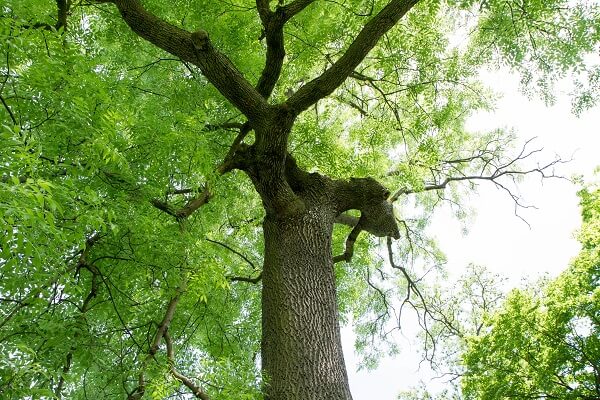


The leaves and tips of twigs from this tree can be consumed to help treat gout, rheumatism, and jaundice.
4. Beech
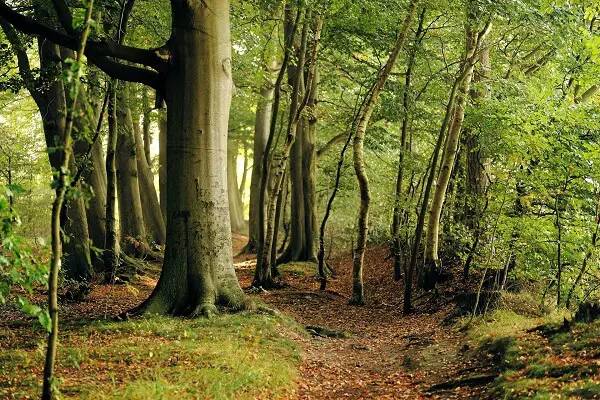


A tea created from the bark of this tree has long been used to treat tuberculosis and may also serve as a successful blood cleanser. Poultices made from the leaves of the birch tree may be used to soothe minor to moderate burns and to treat frostbite. Neither type of tea is recommended for consumption by pregnant women.
The tree produces small yet edible nuts. They are not very tasty, but they are safe to eat and contain nutrients the body needs to remain healthy. The spring leaves from the beech tree can be eaten raw or cooked. The interior bark can be consumed after drying and finely chopping the material so it can be used as a flour.
5. Birch



A birch tree can be tapped for syrup. It does not produce as much syrup as a maple tree, but the fluid has a delicious butterscotch taste. The leaves of the tree are rich in Vitamin C and can be consumed after being picked or used in natural medicine recipes.
The leaves from birch trees have often been a singular or primary component in natural medicines created to treat urethra, bladder, and kidney infections and can also be used as a diuretic. The interior bark of the birch tree is edible after being dried and ground so it can be used as a flour. The bark may also be cut into fine strips after being dried and added to stew or soup to act like noodles.
6. Cedar
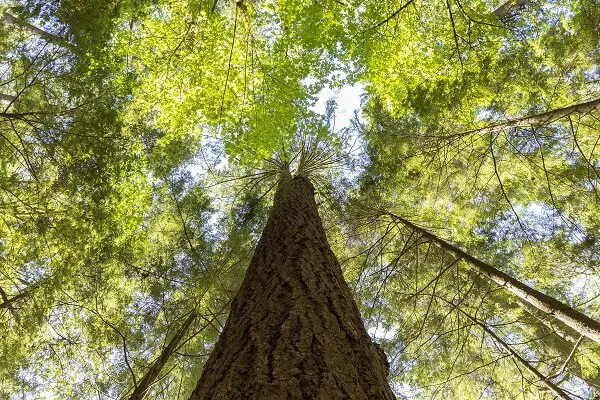


A tea brewed from the bark of this tree can help alleviate the symptoms of the common cold, fever, the flu, and rheumatism.
7. Elder
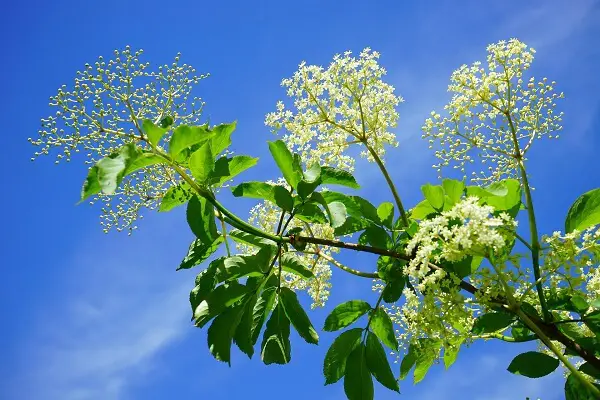


The tea created from the bark of the elder tree may help treat congestion, break a fever by increasing perspiration, and soothe headache pain.
8. Elm
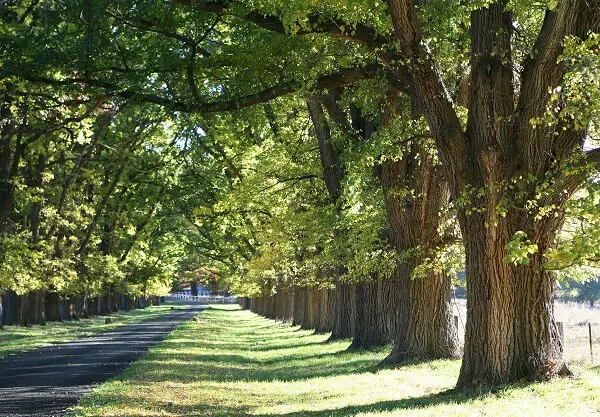


Both salve and poultices created from elm bark can be used to treat childbirth pain and gunshot wounds. If a poultice is placed on the victim’s abdomen, it may draw out their fever. The bark boasts a high calcium content and may facilitate bone healing, decrease diarrhea, and treat both bowel and urinary problems.
9. Hawthorn



A tea commonly referred to as a “cardiac tonic” is brewed from Hawthorn tree leaves. It is believed to provoke a decrease in blood pressure and therefore helps promote good cardiac health. It is not recommended to consume bark tea for more than two weeks before skipping a week and then resuming the treatment again if necessary.
10. Hazel
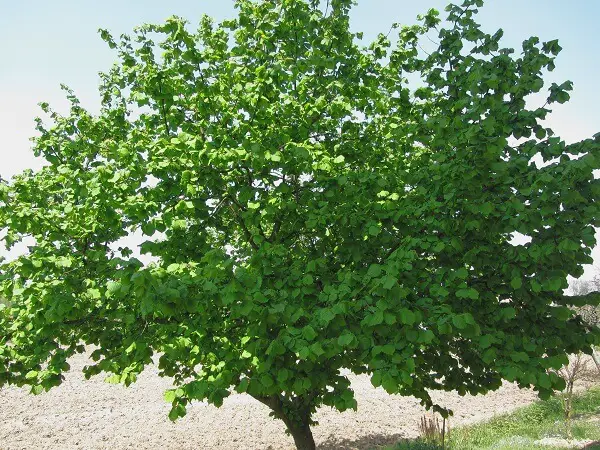


Nuts from this tree can be consumed and may aid in the treatment of kidney problems. Interior bark is used to make poultices to treat stomach ulcers and possibly even cancerous tumors. When mixed with animal grease, hazelnuts can be used as an insect repellent.
11. Linden



This tree, which is also commonly referred to as a basswood, has edible leaves and flowers. The spring leaves can be eaten raw or cooked. Flower blossoms from the tree can be brewed into a rather delicious tea that can be consumed either hot or cold.
12. Maple
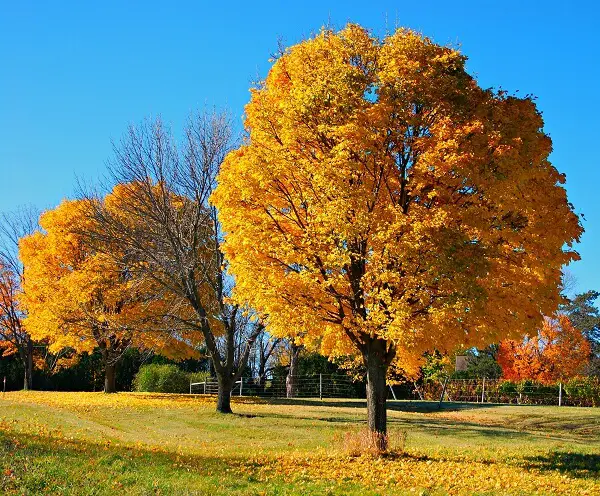


A leaf wound wash or poultice is used to relieve sore eyes and soreness of the breasts for nursing mothers and pregnant women. Bark tea is used to treat kidney infections, the common cold, and bronchitis. Maple seeds can be boiled or cooked and consumed. Smaller seeds are sweet but larger seeds often boast a bitter flavor.
Remove the outer skin of the seed and then boil until they become soft, approximately 15 minutes. Add spices to taste, preferably salt and butter, and then bake at around 350 degrees for about 10 minutes.
13. Mountain Holly
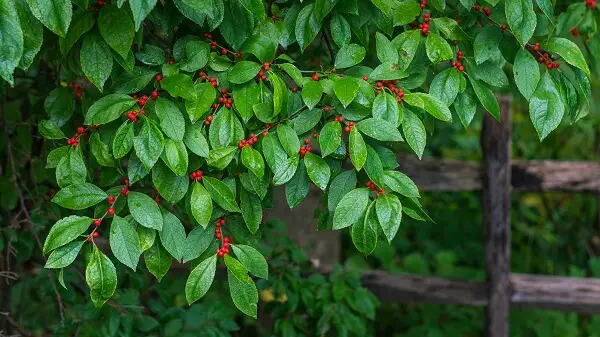


Spring buds and twigs from the mountain holly tree were once used by Native Americans to treat fever, diarrhea, stomach ulcers, and jaundice. Leaves can be brewed into a tea to treat cold and flu symptoms.
14. Mulberry
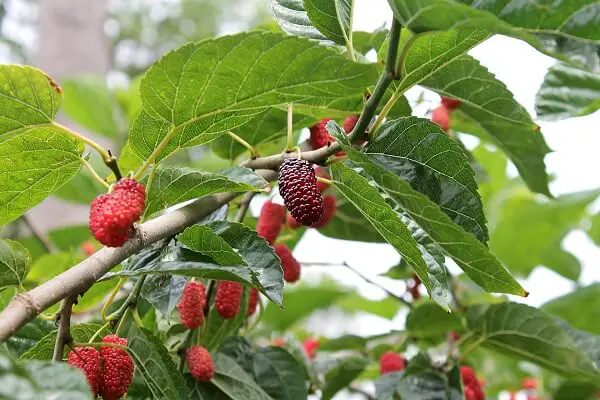


The spring twigs from this tree are fairly sweet and may be eaten either raw or boiled.
15.Oak



Acorns from the oak tree can be ground into a fine mash to be used in place of flour or cornmeal.
16. Pine



The interior bark of pine trees and the sap contain high percentages of both vitamins A and C. The sap and inner bark can be eaten either raw or cooked and may help thwart the onset of scurvy. As with other types of bark, you can cut the interior bark into thin strips and use them like noodles.
It can also be dried and ground into a flour. Pine needles can be chewed on for several minutes to ingest the juice before being discarded and not swallowed. The needles can be steeped in boiling water during the winter months after they have aged and used to make a nutrient-rich tea.
17. Poplar



The interior bark can be eaten either raw or cooked and has a sweet yet starch-like taste. The interior bark can be ground up as a carbohydrate-rich flour or cut into strips and eaten. The catkins from the poplar tree are also edible.
18. Sassafras



The young roots can be brewed into a delicious tea. The spring twigs can be chewed on to clean teeth and promote gum health. Leaves and buds in the early spring are also quite tasty and make great salad and soup ingredients.
19. Slippery Elm



The interior bark from the slippery elm tree is sticky yet boasts a pleasant taste. The inner bark can be eaten either boiled or raw. When the sticky bark is mixed with a fairly equal amount of water it forms a thin paste that soothes wounds and rashes and was even once used by soldiers as a battlefield treatment for gunshot wounds to help stem bleeding and ease the pain.
It has also been consumed to soothe sore throats, urinary tract infections, and as an anti-inflammatory agent. Powdered bark mixed with water can be used as an SHTF baby formula and also be consumed by folks who have difficulty drinking or consuming food made with cow’s milk.
20. Willow
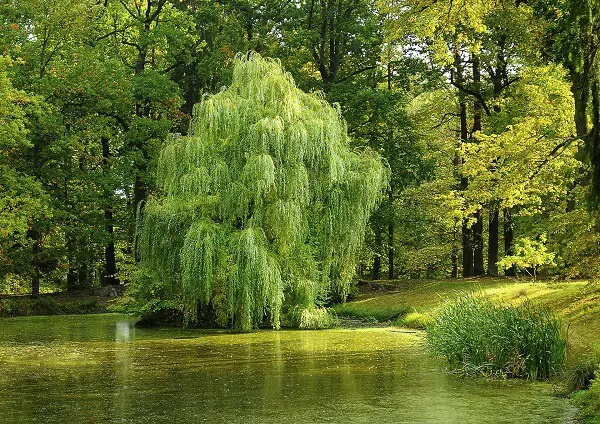


The interior bark can be cut into strips and used like pasta once cooked or eaten raw. The leaves of the willow tree are really bitter, but they may be safely eaten in an emergency situation.
Making Natural Remedies From Medicinal Trees
Bark
- Bark can be dried and powdered after being harvested and preserved for future use.
- Dry the bark in a shaded area to avoid over-drying which can harm the cambium layer and reduce its nutrient content.
- To make a bark tea, simmer approximately 3 teaspoons of the ground or chopped bark in a non-metallic pot (preferably cast iron) with 1 cup of water for 15 to 20 minutes.
- One-quarter of a cup of bark tea is typically considered a single dose of medicine in most natural home remedy regimens.
- Most bark teas are safe for adults weighing around 150 pounds to drink up to three or four times per day. Cut the dosage in half for smaller adults and children age 12 and up. For younger children, decrease the dosage by half again. It is generally a good idea to not drink bark tea on an empty stomach.
- Once made, bark tea can typically be stored in a jar with a tight-fitting lid for about seven days.
- Adding a little bit of honey to a bark tea not only enhances the taste but increases its healing power.
Poultices and Wound Washes
- Wash the leaves if possible or at least remove as much debris as possible if water is not available.
- Chop or tear the leaves into fine pieces and mix with enough water to cover them so they can be either steeped or simmered to make a mash.
- The mixture should resemble pancake mix to a thin dough after being simmered if making a poultice.
- Spread the simmered leaf mixture onto bandage wrap or a clean piece of natural fabric and apply it to the injured area. Remove the poultice at least once a day and replace it with a fresh poultice if additional treatment is necessary.
Salves
To make a salve, put finely-chopped bark or leaves into a non-metallic pot and cover it with a carrier oil – olive and coconut oil both work well. Simmer the mixture for about 20 minutes and then melt beeswax into the mixture and simmer again for another 20 minutes. Use about 3 tablespoons of beeswax for every single cup of carrier oil used. Pour the mixture into a container with a firm-fitting lid and store until ready to use.
Tinctures
Tinctures are typically made out of spring buds, roots, or barks. The foraged material must be chopped finely and then covered with alcohol that is 80 proof or higher – vodka works best. Cover the mixture with a firm-fitting lid, preferably a glass container.
The mixture should be allowed to settle for about 10 days and must be shaken at least once daily. At the end of the 10 days, pour in 1 cup of water and a teaspoon of vegetable glycerin. Strain the mixture to remove the foraged material and store in a cool, dry, and dark place until ready to use.
If making a tincture using leaves, permit the mixture to settle until the foraged material shows signs of wilting. This will likely take longer than 10 days. Follow the same tincture steps notes above but shake the natural medicine up to three times per day.
Want to prep but not sure where to begin? Sign Up for Our Newsletter and get your FREE One Year Urban Survival Plan!
 This article first appeared on urbansurvivalsite.com See it here
This article first appeared on urbansurvivalsite.com See it here
Check Out The Post Here: 20 Trees Every Prepper Should Be Familiar With (And Why)

No comments:
Post a Comment